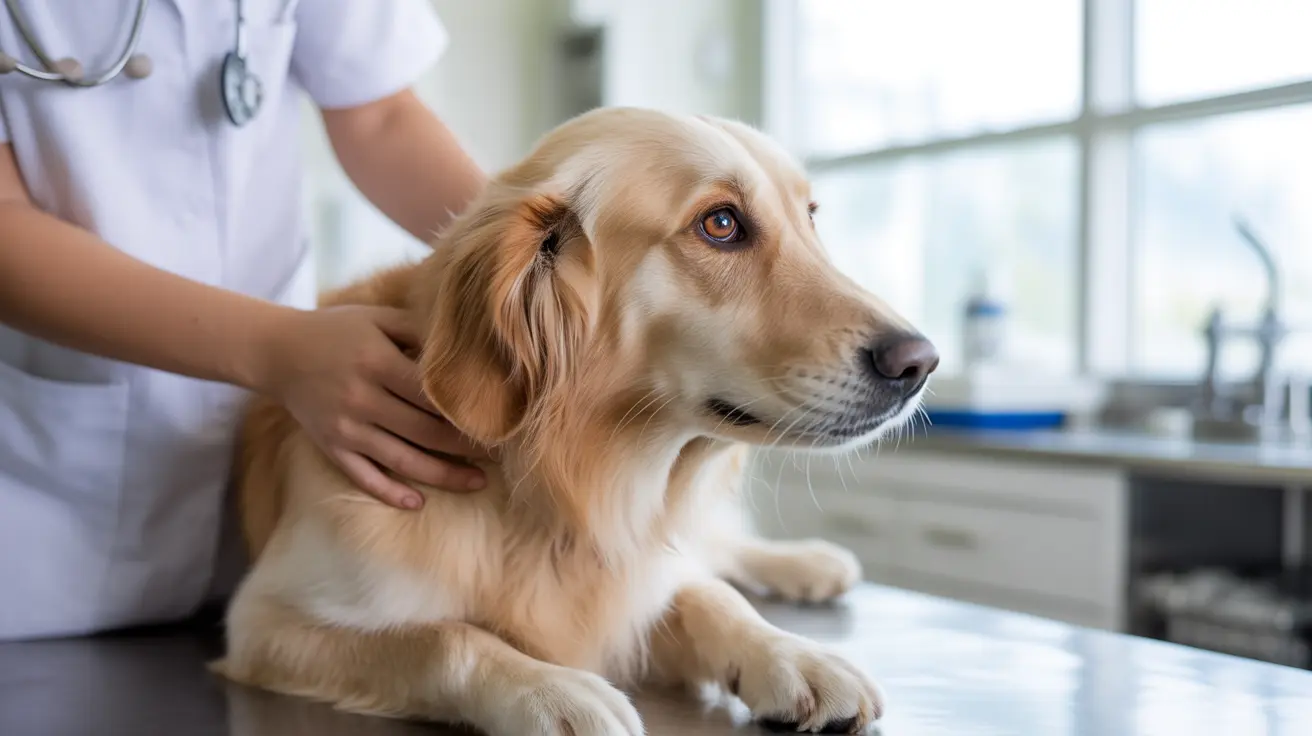Why Meat Cooked with Onions Is Dangerous for Dogs
Feeding your dog a piece of meat cooked with onions may seem harmless, but it can have serious health implications. Onions and related plants contain N-propyl disulfide, a compound toxic to dogs. This guide explores why onions are dangerous for dogs and what symptoms and treatments to watch for.
What Makes Onions Toxic for Dogs?
All parts of the onion plant—including bulbs, leaves, and even juices—contain N-propyl disulfide. This toxin damages a dog's red blood cells by binding to their oxygen-carrying molecules, leading to their rupture. This results in hemolytic anemia, reducing the oxygen that tissues can receive throughout the body.
Which Foods Should Be Avoided?
- Onions (cooked or raw)
- Garlic
- Chives
- Leeks
- Shallots
- Scallions
All these are part of the Allium genus and are toxic to dogs. Particularly dangerous are onion and garlic powders, which are concentrated forms found in many seasonings, soups, and sauces. Even trace amounts can lead to poisoning, especially in smaller breeds or dogs with sensitivities.
How Much Onion Is Toxic?
Toxicity can occur with doses as little as 0.5% of the dog’s body weight. For instance, a 45-pound (20 kg) dog can be poisoned by one medium-to-large onion (about 100 grams). Small, repeated exposures can also have a cumulative toxic effect.
Symptoms of Onion Toxicity in Dogs
Symptoms may appear within 24–72 hours after ingestion or may be delayed:
- Vomiting & diarrhea
- Excessive drooling
- Abdominal pain
- Lethargy and weakness
- Elevated heart rate and rapid breathing
- Red or brown-colored urine
- Pale or yellow gums
- Fainting or collapse
- Onion smell on breath
Dogs with preexisting conditions like diabetes, anemia, or liver disease are even more vulnerable, as are certain breeds such as Akitas and Shiba Inus.
What To Do If Your Dog Ate Onions
Immediate veterinary action is crucial if you suspect your dog has ingested onions:
- Do not induce vomiting unless directed by a vet.
- Call your veterinary clinic and provide information about the type and amount of onion ingested.
- You may be asked to bring your dog in for evaluation and treatment.
Veterinary treatments may include:
- Induced vomiting (if within 2 hours of ingestion)
- Activated charcoal to inhibit absorption
- IV fluids to stabilize the dog
- Oxygen therapy and potentially blood transfusions if anemia is severe
How Is Onion Poisoning Diagnosed?
Diagnosis is based on your dog’s clinical history, symptoms, and blood tests. One telltale sign is the presence of Heinz bodies in a blood smear, which indicates oxidative damage to red blood cells.
Preventing Onion Toxicity
- Never feed your dog leftovers containing onions or related seasonings.
- Keep onions and alliums out of your dog’s reach.
- Secure your trash and kitchen waste.
- Avoid processed foods that may contain onion powder.
- Educate guests and children not to feed your dog table scraps.
Safe Vegetable Alternatives
- Carrots
- Green beans
- Peas
- Pumpkin
- Cucumbers
Safe Fruits for Dogs
- Apples (seedless)
- Bananas
- Blueberries
Always introduce new food items slowly and observe for any adverse reactions. When in doubt, consult with your veterinarian.
Conclusion
Even though meat may seem like a safe treat for dogs, if it's cooked with onions, it becomes hazardous. Promptly recognizing symptoms and seeking treatment can save your dog’s life. However, prevention remains the best strategy. By understanding the dangers of onion toxicity and taking proactive steps, you’re safeguarding your dog’s health.





